Ballarat to Skipton Rail Trail
Experience Victoria’s historic rail journey
The Ballarat to Skipton Rail Trail offers a remarkable 57-kilometre journey through Victoria’s historic goldfields and native grasslands. This well-maintained trail features a crushed granite surface, making it accessible for various activities throughout the year.
The trail winds through three distinct sections, each offering unique experiences of the Australian landscape. Emergency markers positioned every kilometre ensure peace of mind, with alphanumeric codes helping emergency services locate people efficiently when needed. For those that don’t want to have a huge ride, the trails multiple entry points and rest areas along the route accommodate both short excursions and full-day adventures.
From gold rush heritage to native bushland
The initial 20-kilometre section begins at the outskirts of Ballarat, west of Lake Wendouree. This segment winds past the Mars Wrigley factory and crosses the historic Maryborough railway line. The trail continues through Kopke, once a bustling goldrush settlement, before reaching Haddon with its welcoming nursery café and general store. The native grasslands surrounding Haddon provide opportunities to spot local wildlife and seasonal wildflowers.
Moving into the 17-kilometre stretch from Smythesdale to Linton, the trail showcases the region’s rich heritage, including the historic Smythesdale police camp dating back to the 1850s. The trail passes through Scarsdale, where a community park provides essential amenities including toilets, BBQ facilities, and a bike repair station.
One of the trail’s most impressive features is the historic Nimmons Trestle Bridge, a beautifully restored timber railway bridge that stands as a magnificent example of colonial engineering. Horse riders can use the low-level bypass near the bridge, where a corral is provided. The forest north of the Clarkesdale Bird Sanctuary in Happy Valley offers welcome shade and abundant birdlife.
A journey through changing landscapes
The final 20-kilometre section gradually ascends through Linton State Forest before emerging at Pittong, home to Victoria’s largest kaolin quarry. The white clay deposits here have been used in pottery and ceramics for generations. This section reveals stunning vistas across the Australian bushland before following the Glenelg Highway into Skipton. The trail concludes at Skipton’s recreation reserve, where RV camping is available by donation.
Each major town along the Ballarat to Skipton Rail Trail provides essential services.
- Smythesdale offers food, fuel, and accommodation options, with camping available at Smythesdale Gardens.
- Linton features a bike repair stand and general store, perfect for quick refreshments.
- Skipton provides extended trading hours at its supermarket and accommodation at the local roadhouse, which offers cabin rentals through popular booking platforms.
Trail connections and local features
The rail trail connects with other significant paths in the region. The Rainbow Bird Trail extends 35 kilometres from Scarsdale, offering additional exploration opportunities through mine reserves and historic precincts. The trail hub at Scarsdale serves as an information centre, providing details about local attractions and trail conditions.
Throughout the journey, interpretive signs share stories of the region’s gold mining past, aboriginal heritage, and natural history.
The trail passes through varying landscapes, from historic goldfields to native grasslands and Australian bushland, showcasing Victoria’s diverse ecology. The gentle gradients of the former railway line make the trail suitable for people of varying fitness levels.
Conclusion
The Ballarat to Skipton Rail Trail presents an enriching journey through Victoria’s goldfields region. With its blend of natural beauty, historic sites, and modern amenities, the trail offers an authentic Australian bush experience while maintaining accessibility and safety for all users. Whether enjoying a short section or completing the entire trail, each kilometre reveals another layer of Victoria’s rich heritage and natural splendour.


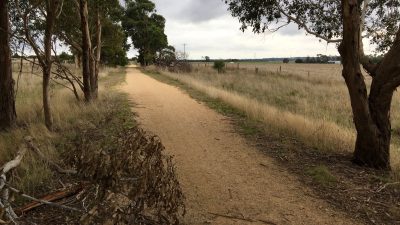
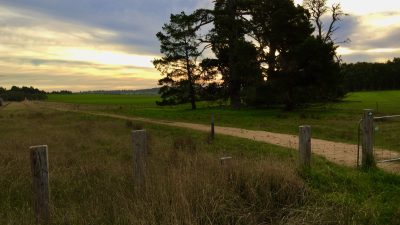
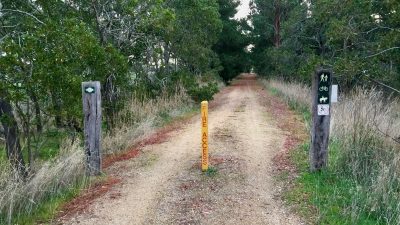
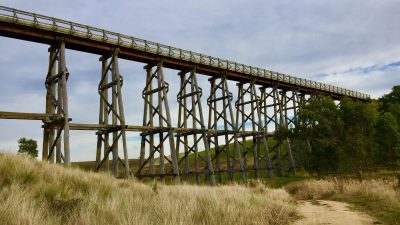
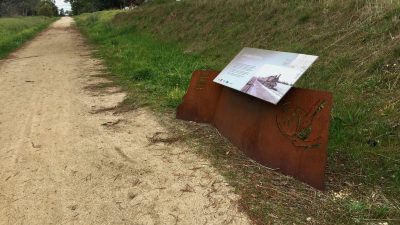
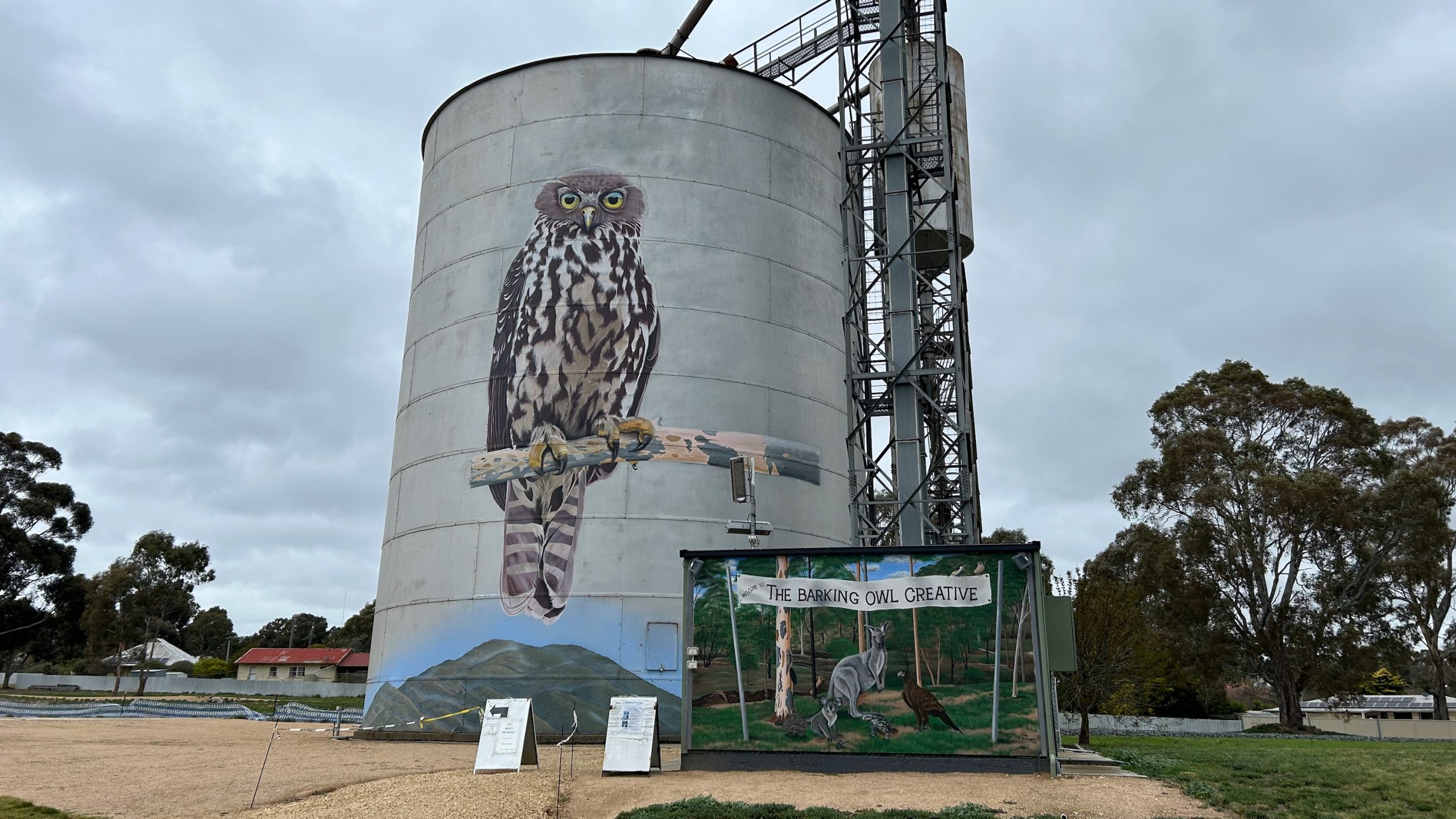

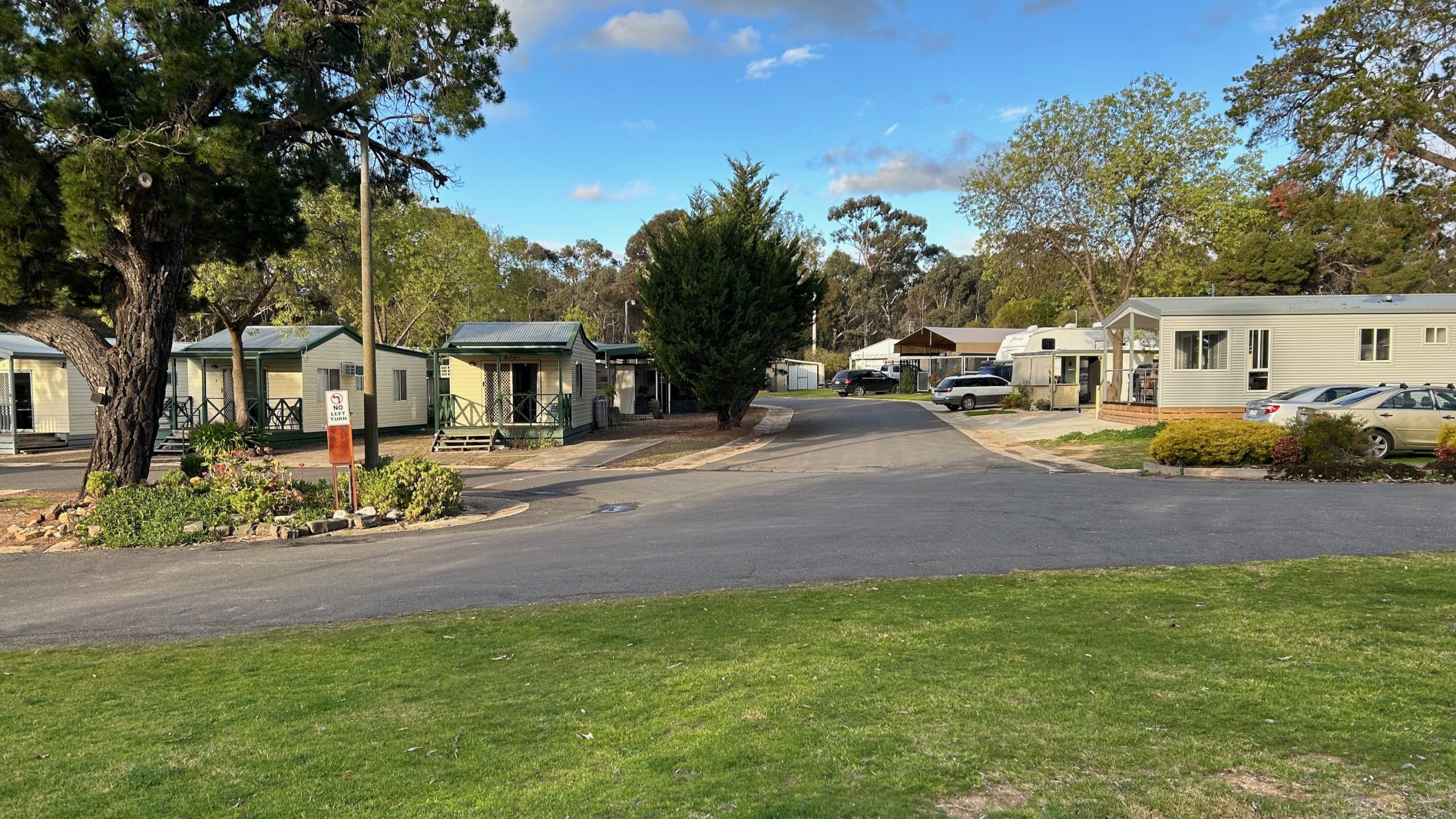
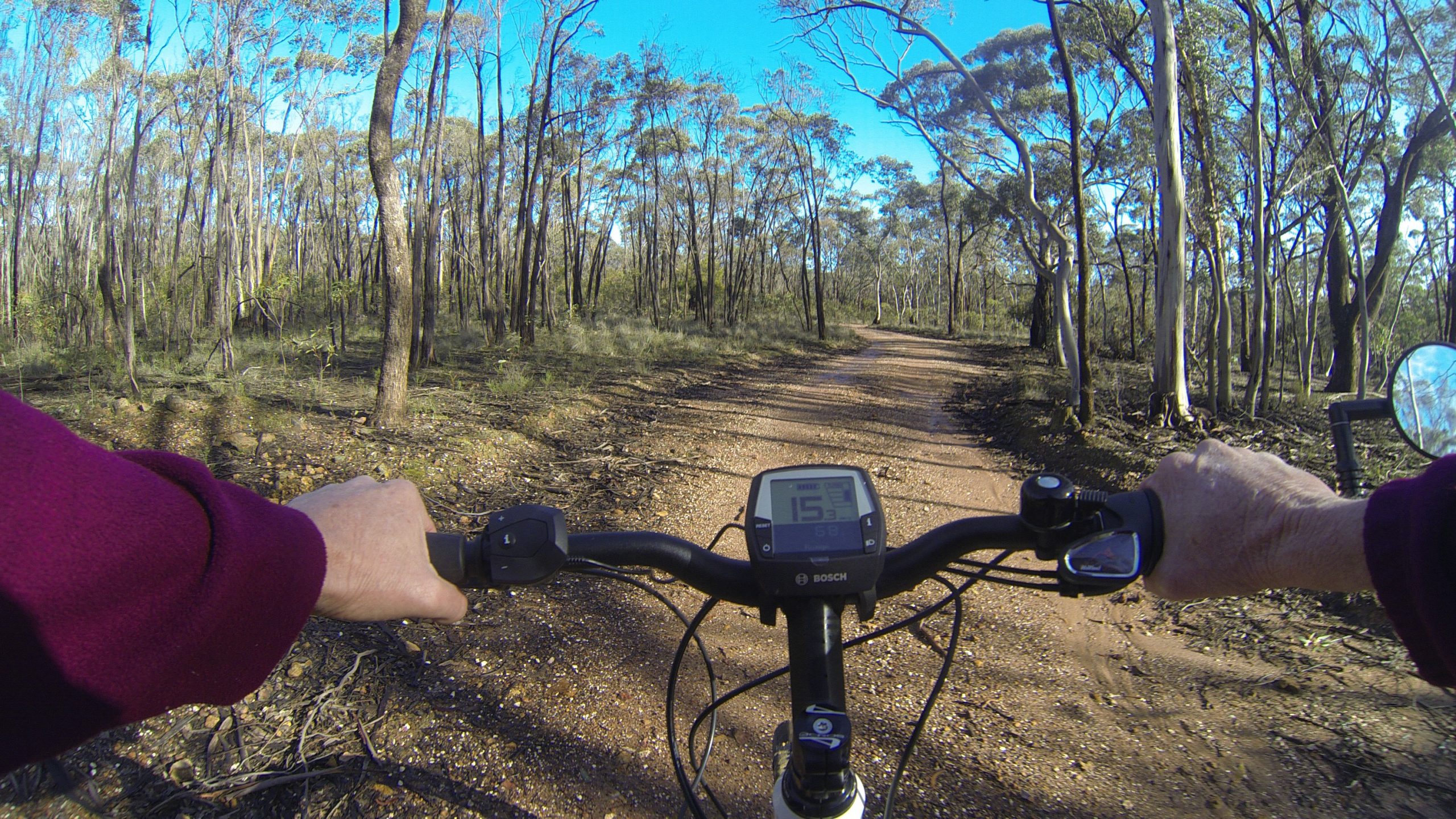
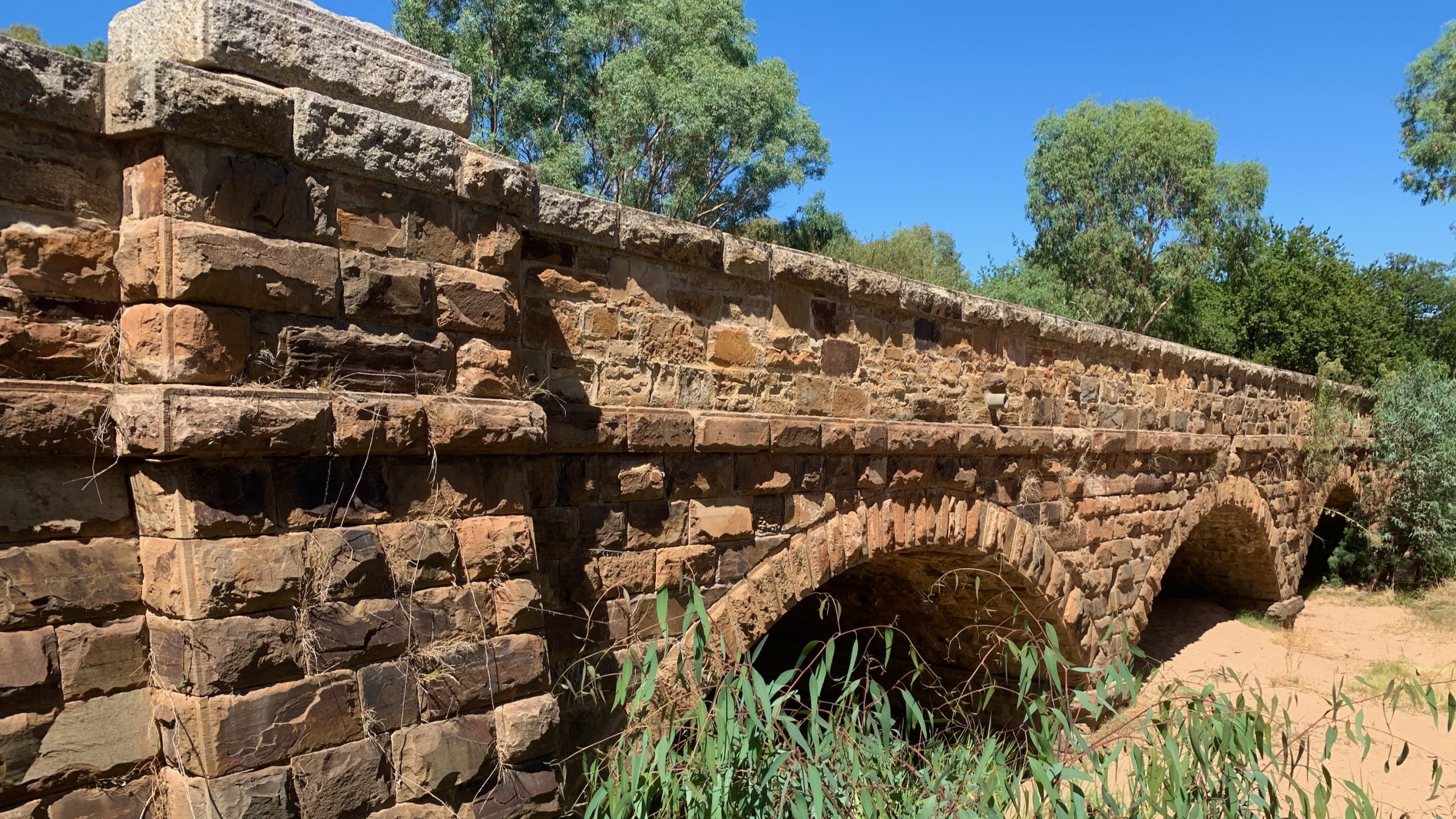
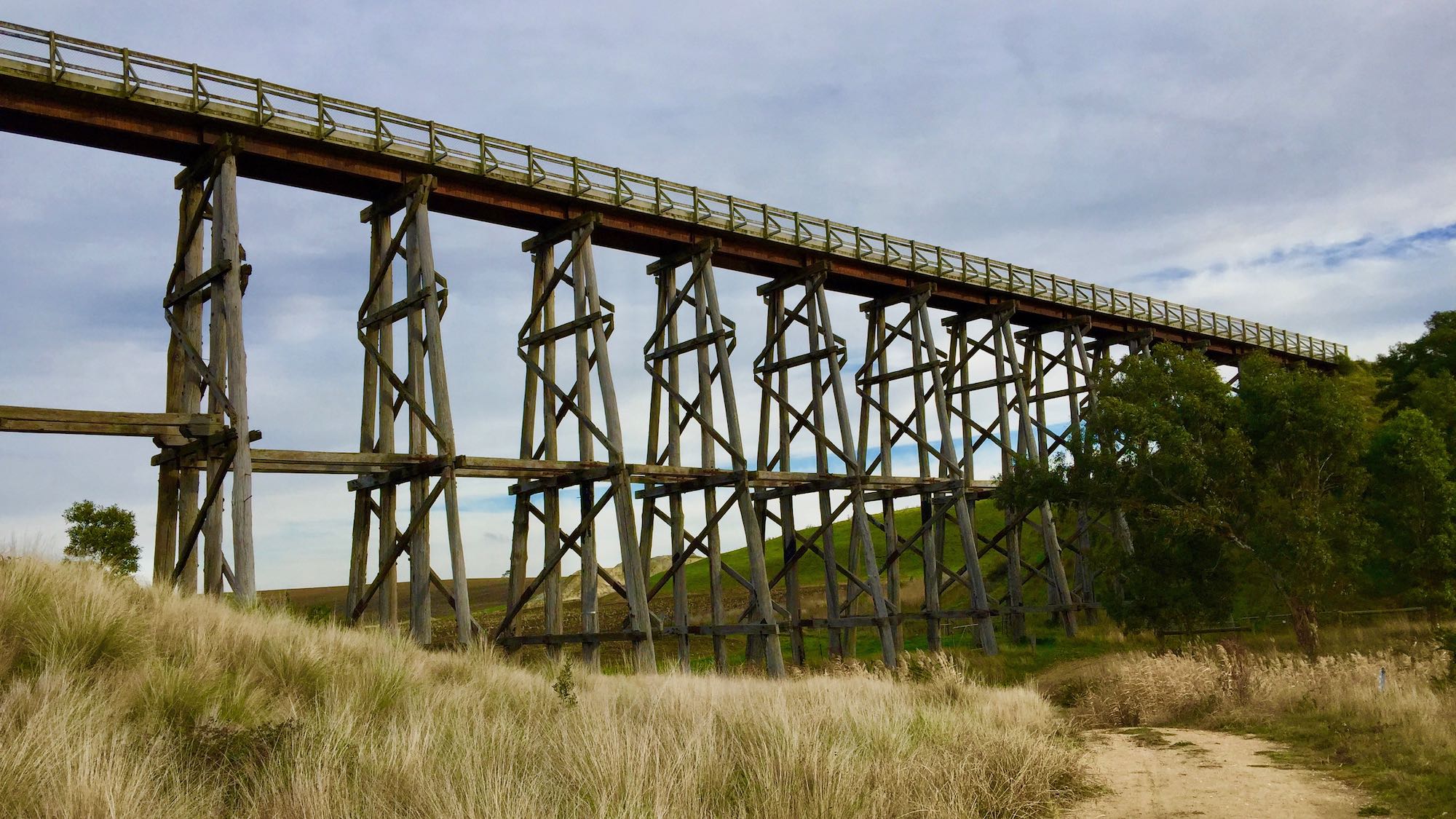
Leave A Comment